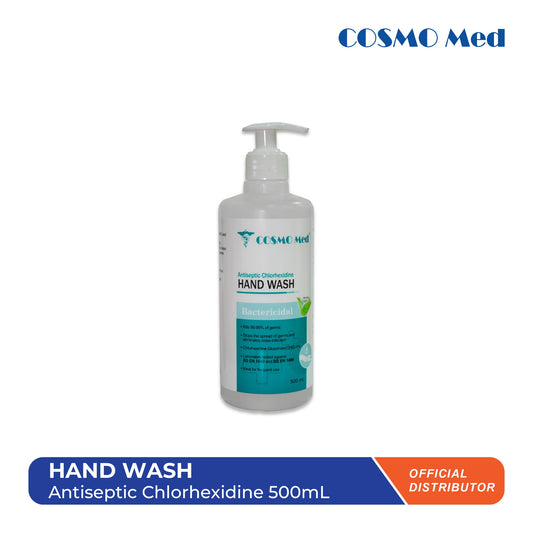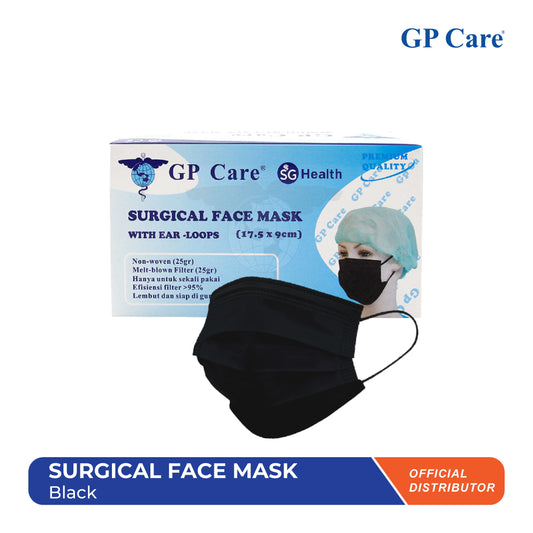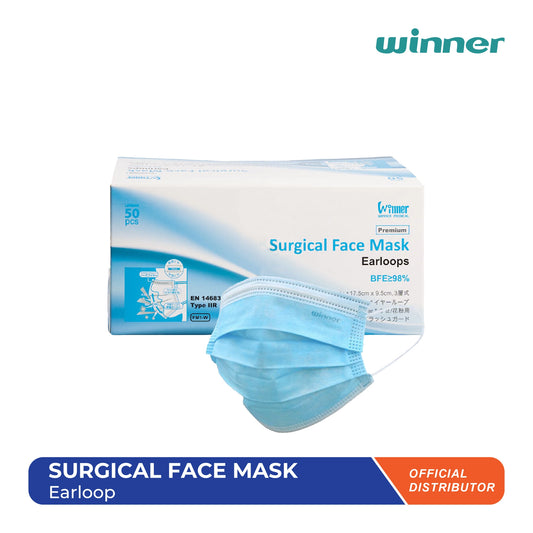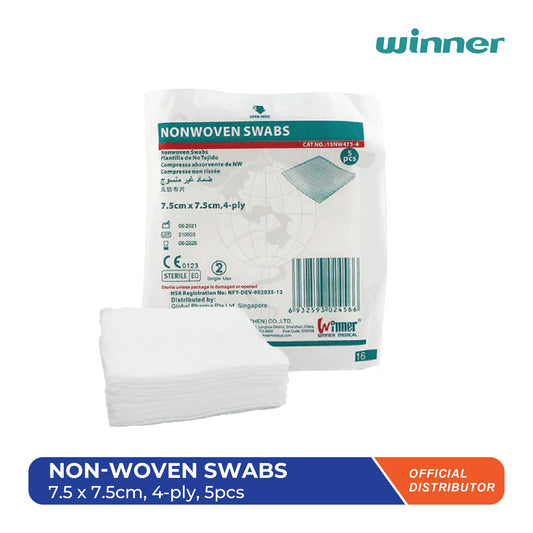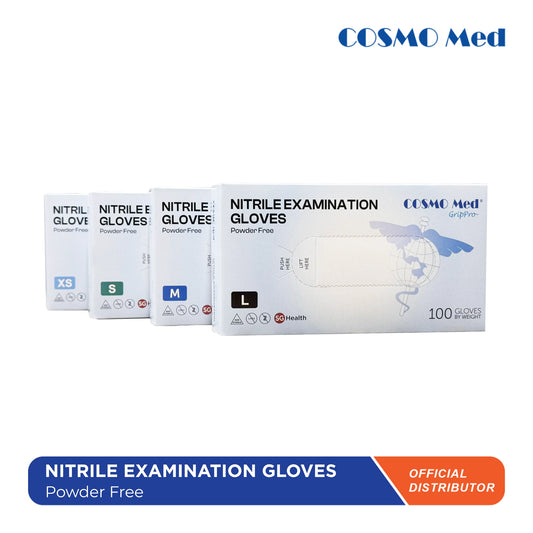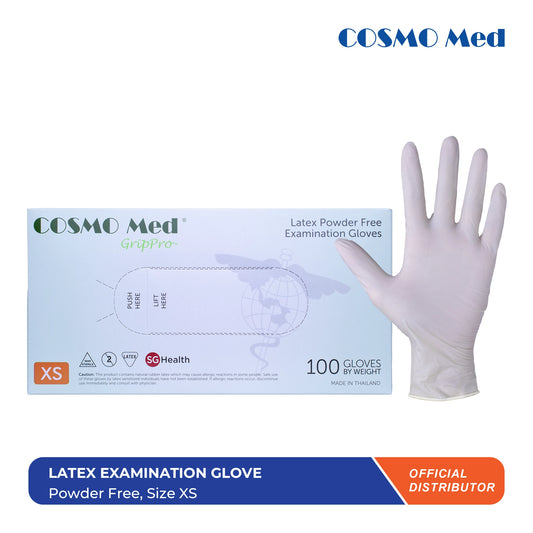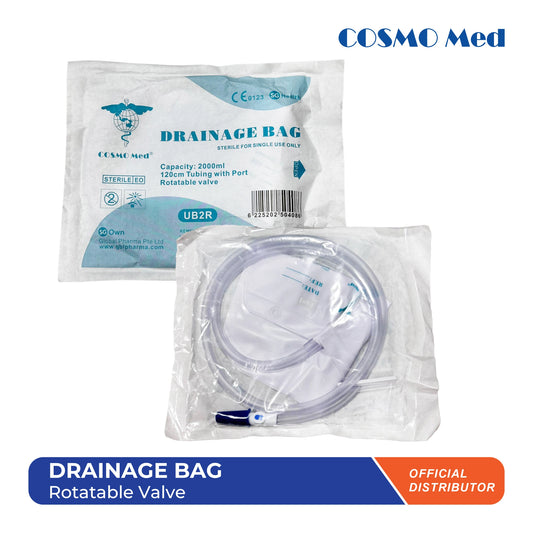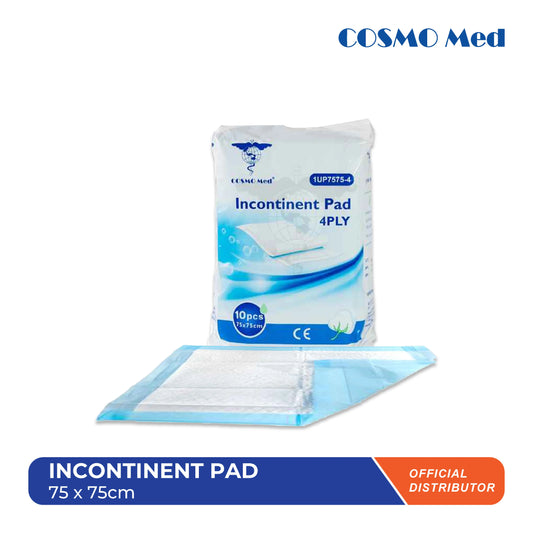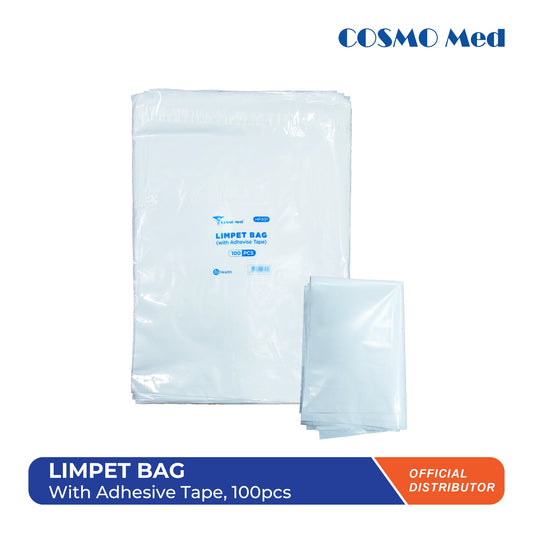A syringe is a crucial medical device used for injecting fluids into or withdrawing fluids from the body. It consists of a hollow cylindrical barrel with a tightly fitting plunger inside. The plunger can be pulled and pushed inside the barrel, allowing precise control over the volume of fluid it contains or dispenses.
Function of the Syringe
Syringes are medical instruments designed for a range of applications, primarily involving the administration of medications and the extraction of fluids from the body. The primary functions of a syringe include:
- Medication Administration: Syringes are used to deliver medications into the body through various routes such as intramuscular, intravenous, and subcutaneous injections.
- Vaccinations: Syringes are essential for administering vaccines, ensuring precise dosage and delivery.
- Fluid Extraction: Syringes can be used to withdraw blood for diagnostic tests or to remove fluids from cysts, abscesses, or other medical conditions.
- Nutritional Support: In some cases, syringes are used to deliver nutritional fluids directly into the bloodstream or body tissues.
- Laboratory Use: Syringes are also used in laboratory settings for transferring liquids, mixing solutions, and conducting experiments.
Read Also: Types of Syringes and Their Sizes
How to Use a Syringe
Using a syringe properly is essential for ensuring patient safety and achieving the desired medical outcome. The following steps outline the correct usage of a syringe:
1. Preparation:
- Wash Hands: Always start by washing your hands thoroughly with soap and water to maintain sterility.
- Gather Supplies: Collect all necessary supplies, including the syringe, needle, medication vial, alcohol swabs, and a sterile gauze pad or bandage.
- Check the Syringe: Ensure the syringe is sterile and has not been tampered with.
- Attach the Needle: If the syringe and needle are separate, carefully attach the needle to the syringe. For Luer-Lock syringes, twist the needle onto the syringe until it is secure.
- Prepare the Vial: Clean the top of the medication vial with an alcohol swab to sterilize it.
- Draw Air: Pull the plunger back to draw in an amount of air equal to the dose of medication you need to withdraw.
- Insert Needle: Insert the needle into the vial's rubber stopper.
- Inject Air: Push the plunger to inject the air into the vial. This helps create pressure and makes it easier to draw the medication.
- Draw Medication: Invert the vial and slowly pull back the plunger to draw the required amount of medication into the syringe.
- Remove Air Bubbles: Tap the syringe to move any air bubbles to the top, then gently push the plunger to expel the air bubbles.
- Select Injection Site: Choose an appropriate injection site based on the type of injection (e.g., intramuscular, subcutaneous). Common sites include the upper arm, thigh, or abdomen.
- Clean the Site: Use an alcohol swab to clean the injection site, allowing it to dry before proceeding.
- Insert Needle: Hold the syringe like a pencil and insert the needle into the skin at the appropriate angle (90 degrees for intramuscular, 45 degrees for subcutaneous, etc.).
- Inject Medication: Slowly push the plunger to inject the medication into the tissue.
- Withdraw Needle: Once the medication is administered, withdraw the needle at the same angle it was inserted.
- Apply Pressure: Use a sterile gauze pad to apply gentle pressure to the injection site to prevent bleeding.
- Dispose of Syringe: Dispose of the syringe and needle in a designated sharps container to ensure safe and proper disposal.
- Monitor: Observe the injection site and the patient for any adverse reactions or complications.
Conclusion
In essence, the function of a syringe revolves around its ability to accurately measure, deliver, and withdraw fluids, making it an indispensable tool in healthcare and beyond. Following these steps ensures that the syringe is used correctly, minimizing risks and ensuring effective treatment for patients.



